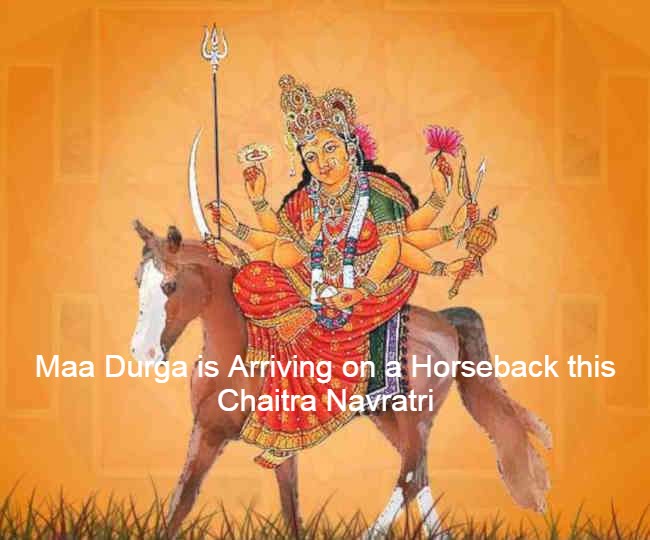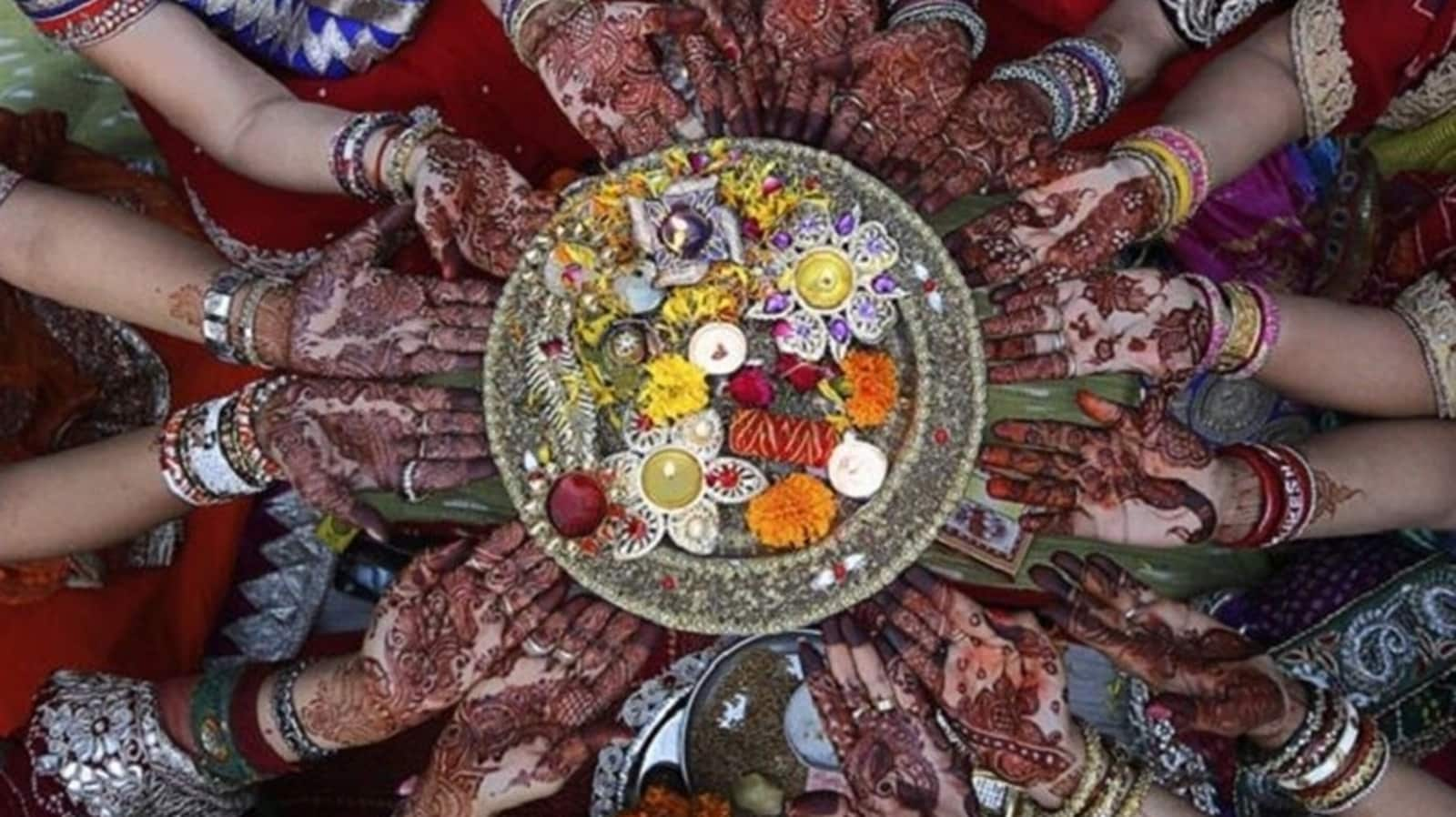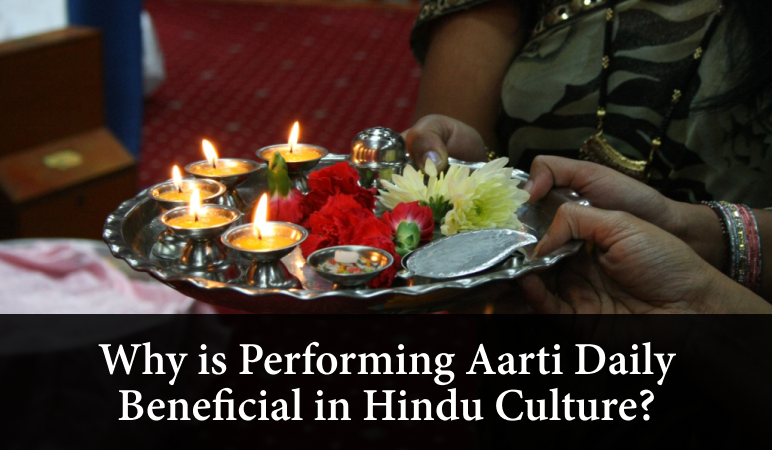Rath Yatra: Date, Origin, Significance and Celebrations!

Jagannath Rath Yatra is one of the most eagerly awaited and widely celebrated festivals in Orissa and across India. It is dedicated to Lord Jagannath (Lord Krishna), his sister Goddess Subhadra, and his elder brother Lord Balabhadra. It is also known as Gundicha Yatra, Dasavatara, Chariot Festival, or Navadina Yatra. It is celebrated every year in June or July.
The word ‘Jagannath’ is derived from Sanskrit and translates to ‘Lord of the Universe’ in English. Lord Jagannath is considered a form of Lord Vishnu. According to the Hindu calendar, Rath Yatra is observed on the second day of the Ashadha month, known as ‘Ashadha Shukla Paksha Dwitiya’, which typically falls in late June or early July. The Jagannath Rath Yatra for 2024 is scheduled to take place on July 7th, which falls on a Sunday.
Origin of the Rath Yatra
When Lord Krishna was being cremated in Dwarika, his brother Balaram, deeply saddened, ran to the ocean with Krishna’s partially burned body to drown himself. Their sister, Subhadra, followed him. Meanwhile, on the eastern shore of India, King Indradyumna of Jagannath Puri had a dream. He saw Krishna’s body floating to Puri’s shores and was told to build a large statue in the city and sanctify the wooden statues of Krishna, Balaram, and Subhadra.
The dream also instructed that Krishna’s bones should be placed inside the statue’s back. The dream came true, and the king found the bones. However, he needed someone to carve the statues. Vishwakarma, the architect of the gods, came as an old carpenter. He warned that he should not be disturbed while working, or he would disappear and leave the work unfinished.
After some months, the impatient King Indradyumna opened the door to check on Vishwakarma, who then vanished as he had warned. Despite the unfinished statues, the king sanctified them, placing Krishna’s bones inside, and installed them in the temple.
Every year, a grand procession takes place with the statues of Krishna, Balaram, and Subhadra on three giant chariots. Devotees pull these chariots from Janakpur to the temple in Jagannath Puri. The statues are replaced every 12 years, and the new ones are also left incomplete.
The Jagannath Puri Temple is one of the four most sacred temples in India, along with Rameshwar in the south, Dwarka in the west, and Badrinath in the Himalayas. It is possibly the only temple in the world with statues of three deities who are siblings: Lord Krishna, Balaram, and Subhadra.
What Do Our Texts Say About Rath Yatra?
According to the Skanda Purana, among the twelve festivals of Shree Jagannatha, the Rath Yatra, or Shree Gundicha Yatra, is the most famous. The Bamadev Samhita states that those who see the four deities (Jagannath, Balabhadra, Subhadra and Sudarshana) on the sacred seat (Simhasana) of Gundicha Temple for a week will secure a place in heaven (Baikuntha) for themselves and their ancestors forever. It also mentions that simply hearing about this great festival grants the desired results. Also, those who study the rituals of this divine festival and share this knowledge with others will secure a place in the holy abode.
Rath Yatra Celebrations Across India
The world-famous Puri’s Rath Yatra
During this time, the Puri Rath Yatra attracts about 10 lakh pilgrims annually. Both Indians and foreigners come in large numbers to see the idols on the chariot, believing that a glimpse of the idols will bring them a prosperous year.
There are three main chariots, each carrying one of the deities, that are central to the celebration. All three chariots are made of wood and decorated by local artists. Lord Jagannath’s chariot is the largest, with 16 massive wheels and a height of 44 feet. Lord Balabhadra’s chariot has 14 wheels and a height of 43 feet, while Goddess Subhadra’s chariot has 12 wheels and a height of 42 feet.
The distance from Puri to the Gundicha Temple is roughly 3 km, but due to the large crowds, the Puri Rath Yatra takes several hours to reach its destination. Once they arrive, the deities stay at the temple for nine days, during which pilgrims are allowed to have darshan. After this period, the deities are taken back to Puri in a return journey called the Bahuda Yatra. On the way back, the procession stops at the Mausi Maa Temple (their aunt’s abode), where the deities are served Poda Pitha, a type of sweet pancake that is considered a poor man’s food and was a favourite of Shri Jagannath.
Rath Yatra Across Other Regions of India
Rath Yatra is also celebrated as ‘Lokotsav’ in Ahmedabad. It is one of the most sacred festivals, where a large procession traverses the entire city, drawing huge crowds.
The sacred procession begins on Rath Yatra day at the Jagannath Temple in the Jamalpur area of Ahmedabad. It covers a 14-kilometer route. The festival is also organised in Dehi, Kolkata and many other places across the country and the world.
The Rath Yatra festival includes many other fascinating elements, such as the participation of Sadhus and Mahants, which draws more people to join in the celebrations.
Frequently Asked Questions
Q: Why is the Rath Yatra celebrated?
A: Rath Yatra is dedicated to Lord Jagannath (Lord Krishna), his sister Goddess Subhadra, and his elder brother Lord Balabhadra. It is believed that all three siblings come out together once a year on the streets of Puri to meet their devotees while on their way to their aunt’s home.
Q: How many days is the Rath Yatra celebrated?
A: The Rath Yatra is celebrated for 9 days.
Q: What date is the Rath Yatra in 2024?
A: The Rath Yatra will be celebrated on July 7, 2024.









